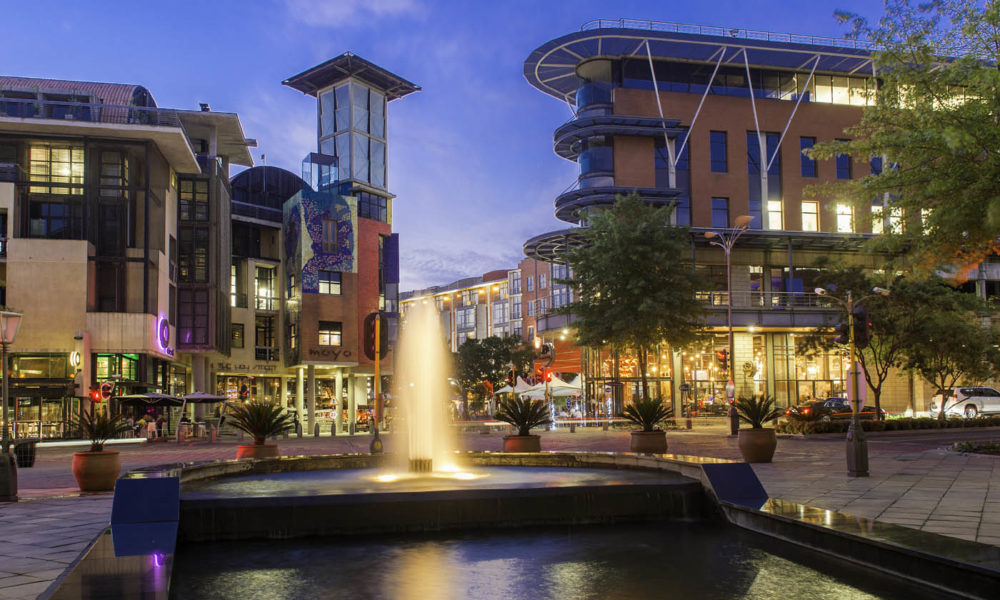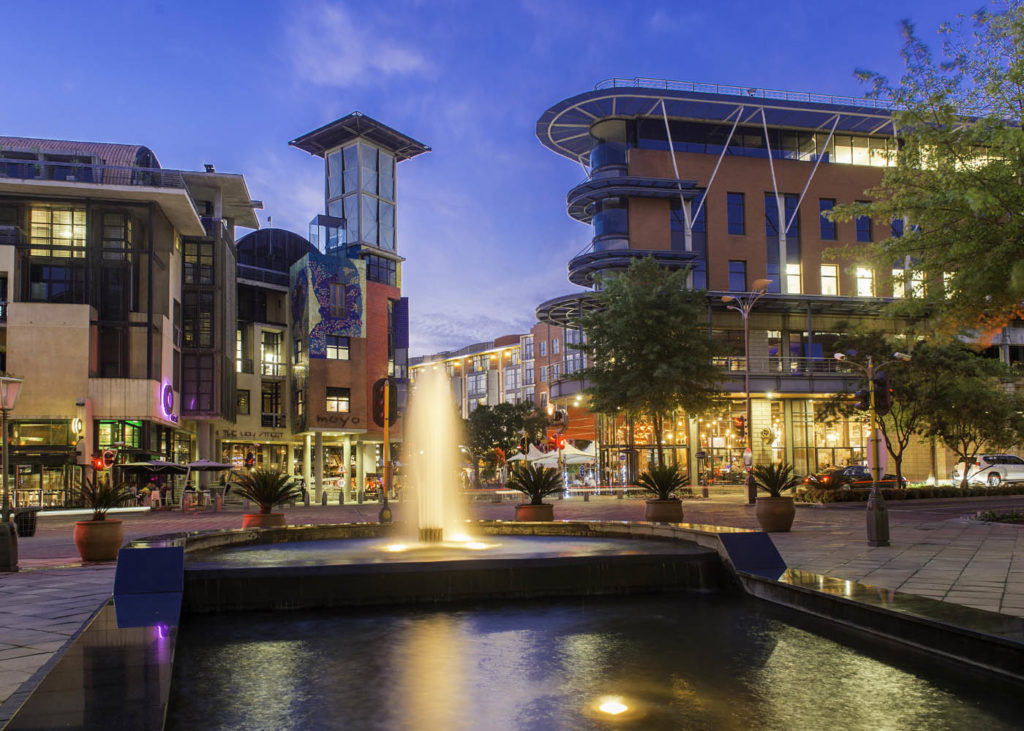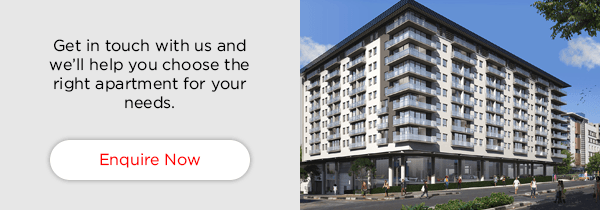It’s a problem for many city residents – finding a safe and affordable home where you don’t have to commute long distances to work. With more and more people moving to major business hubs, space is increasingly in short supply. This is the driving force that’s making the new mixed-use, urban village lifestyle so popular.
Urban villages are mixed-use property developments – a place where you can live, work, and play. It’s an attractive solution to the housing shortage: a precinct that offers residential apartments, office blocks, hotels, a variety of shops, gourmet dining and even gyms – everything within walking distance, in a safe and secure environment.
This style of urban living is attracting widespread interest; from working professionals and first-time buyers to corporate and property investors. Millennials are particularly keen on the concept of the urban village style of living. They see the value of balancing significant long-term returns on their investment with an enhanced quality of life.

There are other reasons why mixed-use developments are becoming highly sought-after, not only in South Africa, but internationally – the speed of construction, reduced disruption to the location, the quality of materials used and the benefits to the environment.
Owners have already starting reaping the rewards of their initial investment. Take the apartments at 40 on Oak in Johannesburg’s Melrose Arch precinct, for instance. In 2009, apartments sold for R14 000 per square metre. Today, the same apartment will fetch in excess of R50 000 per square metre. In fact, so successful is the Melrose Arch precinct, that a further 241 residential units are now being added though the One on Whiteley development.
According to Home Construction Guide of South Africa, you can get away with spending much less on a self-build, but then you’d still need to factor in land costs, professional fees, transfer duty – and all for a typical middle-class suburban home in Johannesburg. But then you get none of the benefits or conveniences of a new urban village lifestyle, and will probably be stuck with a long daily commute to work.
New urban villages are riding the storm of SA’s sluggish economy, weak rand and muted GDP growth and are setting the tone for a property trend that’s rapidly spreading across the county.
Source: Bizcommunity



